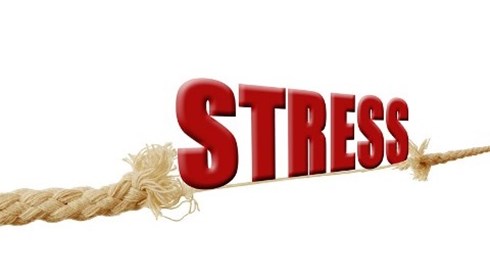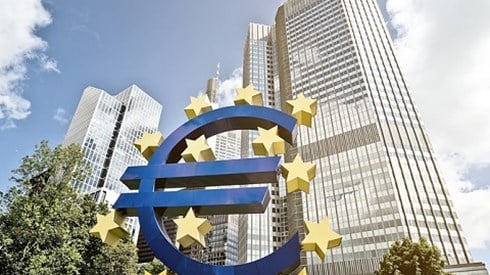EIOPA "Stress Test" Finds European Insurers Adequately Capitalized

December 17, 2018

The 2018 Insurance Stress Test Report on the European insurance sector was recently released by the European Insurance and Occupational Pensions Authority (EIOPA). The results revealed that, on aggregate, the sector is adequately capitalized to absorb the test's prescribed shocks.
According to EIOPA, the exercise tested 42 European re/insurance groups representing around 75 percent of market coverage (at December 31, 2017) based on consolidated group assets. The groups were tested under three severe but plausible scenarios covering a wide range of market and insurance specific risks including risks linked with natural catastrophes as follows.
- A yield curve up shock combined with lapse and provisions deficiency shocks, which means there is a sudden and sizable repricing of risk premiums and a significant increase in claims inflation
- A yield curve down shock combined with longevity stress, which means there is a protracted period of extremely low interest rates accompanied by an increase in the life expectancy
- A series of natural catastrophes where European countries are hit in a quick succession of four windstorms, two floods, and two earthquakes
EIOPA said the impact of the different scenarios on the balance sheet position and on the capital position of the participating groups was assessed by the excess of assets over liabilities and an estimation of the post-stress solvency capital requirement (SCR) ratio.
In the pre-stress (baseline) situation, participants reported an aggregate assets over liabilities (AoL) ratio of 109.5 percent and a pre-stress SCR coverage of 202.4 percent.
Yield curve up shock. In the "yield curve up" scenario, the excess of assets over liabilities is reduced by approximately one-third (-32.2 percent) and the aggregate post-stress SCR ratio drops to 145.2 percent. Six groups reported a post-stress SCR ratio below 100 percent.
Yield curve down shock. In the "yield curve down" scenario, the impact on the excess of assets over liabilities is of similar magnitude (-27.6 percent) with an aggregate post-stress SCR ratio of 137.4 percent. Seven groups reported a post-stress SCR ratio below 100 percent.
A series of natural catastrophes. In the natural catastrophe scenario, only a small decrease of 0.3 percentage points of assets over liabilities ratio was reported. Overall, the participating groups demonstrate a high resilience to the series of natural catastrophes tested, showing the importance of the risk transfer mechanisms in place, namely reinsurance, which absorbed 55 percent of the losses. Consequently, the most affected groups are reinsurers and those direct insurers largely involved in reinsurance activities.
Overall, the exercise confirmed the significant sensitivity to market shocks combined with specific shocks relevant for the European insurance sector. On aggregate, the sector is adequately capitalized to absorb the prescribed shocks.
EIOPA said one of this year's objectives for the exercise, in line with the recent recommendations from the European Court of Auditors, was to increase transparency by requesting the voluntary disclosure of a list of individual stress test indicators by the participating groups. To date, 4 of the 42 participating groups provided consent to the publication of the individual results.
Gabriel Bernardino, chairman of EIOPA, said, "This stress test marks an important step forward in assessing the resilience of the European insurance sector to a set of adverse but plausible scenarios and provides a valuable basis for a continuous dialogue with the participating groups on the identified vulnerabilities and the preventive measures and potential management actions to address them, should they materialize."
December 17, 2018





